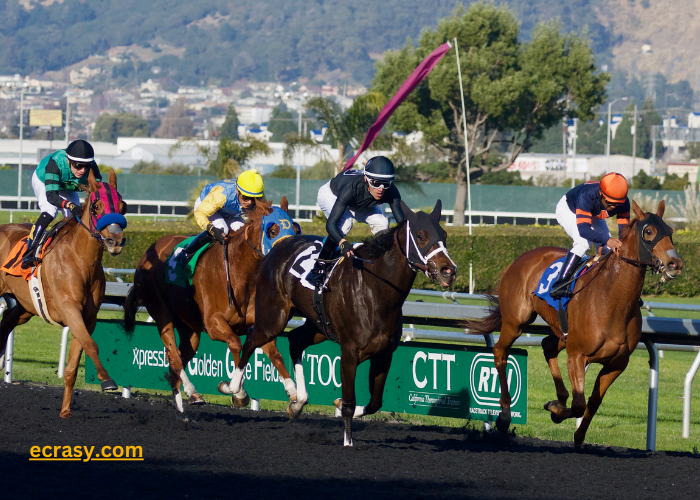Burkina Faso, a landlocked nation in West Africa, has long been celebrated for its rich cultural heritage, vibrant communities, and stunning landscapes. Yet, beneath the surface of this picturesque country lies an emerging industry that is poised to revolutionize both agriculture and environmental conservation in the region. Burkina Faso’s burgeoning turf industry, although relatively unknown on the global stage, holds immense potential not only for the nation’s economy but also for its sustainable development goals. In this article, we delve deep into the world of Burkina Faso turf, exploring its significance, growth, and the bright future it promises.
The Origin of Burkina Faso Turf
Turf, a dense grassy surface consisting of fine blades and roots, has been primarily associated with landscaping and sports fields in more developed nations. However, Burkina Faso’s journey into turf production has a unique origin rooted in environmental preservation and local agricultural practices.
Traditionally, the Burkinabé people have practiced agroforestry and soil conservation techniques to combat soil erosion and desertification, both of which pose significant threats to their agricultural livelihoods. These practices involve planting grasses and other vegetation to stabilize soil and prevent further degradation. Over time, it became evident that certain grass species not only conserved soil but also provided lush, green, and resilient turf the foundation of Burkina Faso’s turf industry.
The Role of Burkina Faso Turf in Environmental Conservation
Burkina Faso faces the harsh realities of climate change, with prolonged droughts and increasing desertification putting immense pressure on its ecosystems. The transition to turf production, notably the cultivation of grass species like Cynodon dactylon (commonly known as Bermuda grass), has emerged as a powerful tool in the fight against desertification.
Turf, with its deep root system, helps prevent soil erosion, stabilizes sand dunes, and promotes the reclamation of arid lands. This transformation of degraded lands into green oases not only enhances the country’s aesthetic appeal but also supports local biodiversity by providing habitat for various species.
Moreover, the extensive turf planting initiatives in Burkina Faso have contributed to improved air quality, reduced dust storms, and a cooler microclimate. These ecological benefits are increasingly recognized as crucial for Burkina Faso’s sustainable development.
The Economic Impact of Burkina Faso Turf
While Burkina Faso turf is deeply rooted in environmental conservation, it has also generated substantial economic opportunities for the nation. The turf industry has created jobs across the value chain, from grass cultivation and harvesting to turf installation and maintenance.
One of the most significant economic impacts of turf production has been its contribution to the construction and maintenance of sports fields, golf courses, and recreational areas. These facilities not only serve as community hubs but also attract tourism, bolstering the local economy.
Furthermore, Burkina Faso has started exporting turf to neighboring countries in the West African region, including Niger, Mali, and Ivory Coast. This expansion into international markets has bolstered the country’s export earnings, further strengthening its economy.
Burkina Faso Turf in Sports and Recreation
The introduction of turf surfaces in sports and recreation has been a game changer for Burkina Faso. Grass fields are notoriously challenging to maintain in the country’s arid climate, often requiring substantial water resources. Turf, on the other hand, provides a consistent and resilient playing surface for various sports, including football, rugby, and golf.
In the past, Burkina Faso faced challenges in hosting international sports events due to the condition of its natural grass fields. The adoption of turf has not only facilitated local sports development but has also enabled the country to host regional and international competitions. This, in turn, has fostered a sense of national pride and unity.
Challenges and Future Prospects
While Burkina Faso’s turf industry has made significant strides, it is not without its challenges. The initial investment required for turf production infrastructure, such as irrigation systems and turf harvesting machinery, can be prohibitive for small scale farmers. Additionally, the industry faces competition from imported synthetic turf, which may be more cost-effective but lacks the environmental benefits of natural turf.
Despite these challenges, the future of Burkina Faso’s turf industry looks promising. Government support, international partnerships, and investment in research and development are driving innovation in turf production and maintenance. Furthermore, the industry’s commitment to sustainable practices aligns with Burkina Faso’s broader environmental goals, making it an essential component of the nation’s green agenda.
Sustainable Agriculture and Food Security
While turf production is often associated with landscaping and sports fields, it also plays a crucial role in Burkina Faso’s efforts to achieve food security. The country’s agricultural sector faces challenges such as soil degradation and reduced crop yields due to climate change. Turf can be used as ground cover in agricultural fields to protect the soil from erosion, improve moisture retention, and enhance crop production.
Furthermore, the turf industry has led to innovations in sustainable farming practices. Techniques developed for turf cultivation, such as efficient irrigation methods and soil improvement strategies, are being adapted for use in traditional agriculture, contributing to food security and resilience in the face of changing climate patterns.
Conclusion
Burkina Faso’s turf industry is a remarkable example of how a nation can harness its natural resources to address environmental challenges and stimulate economic growth. By nurturing lush green oases in the midst of arid landscapes, Burkina Faso’s turf industry is not only conserving its natural heritage but also providing livelihoods, recreational opportunities, and a brighter future for its people.
As the world increasingly seeks sustainable solutions to combat climate change and environmental degradation, Burkina Faso’s turf industry serves as a beacon of hope and a testament to the power of innovation and determination. In a region where challenges are plenty, the green glory of Burkina Faso turf continues to shine.
